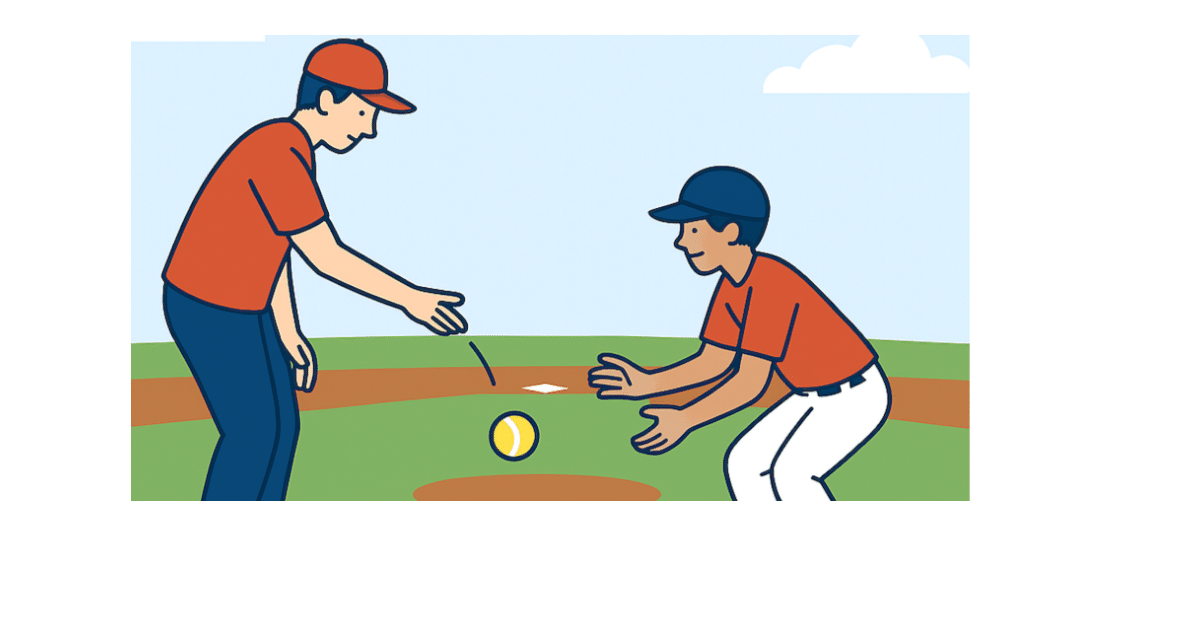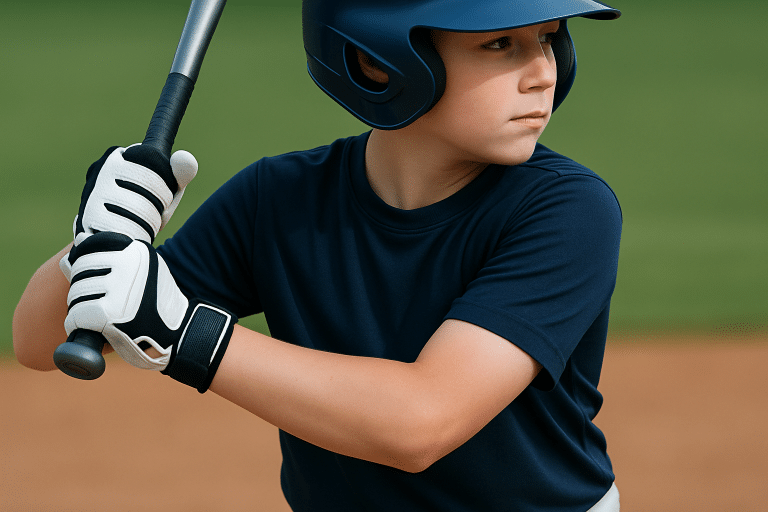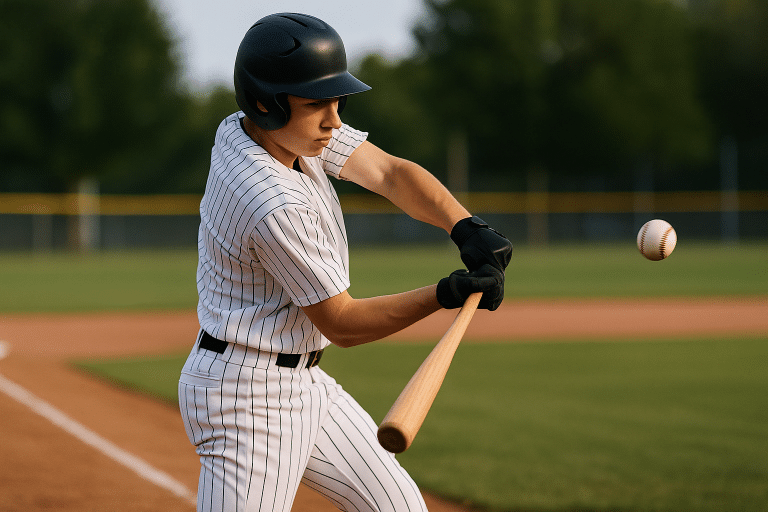Silliest Drills That End Up Being Amazing
Introduction
Baseball training isn’t always about polished swings and textbook fielding drills. Sometimes the activities that look the most ridiculous turn out to be the ones that sharpen focus, coordination, and confidence.
By adding a little humor and variety to practice coaches can not only keep players engaged but also sneak in some skill development.
These “silly” drills serve as a refreshing reminder that fun still has a place in learning. For youth players, parents, and coaches alike, understanding why these oddball drills actually work can unlock hidden benefits that improve performance on the field.
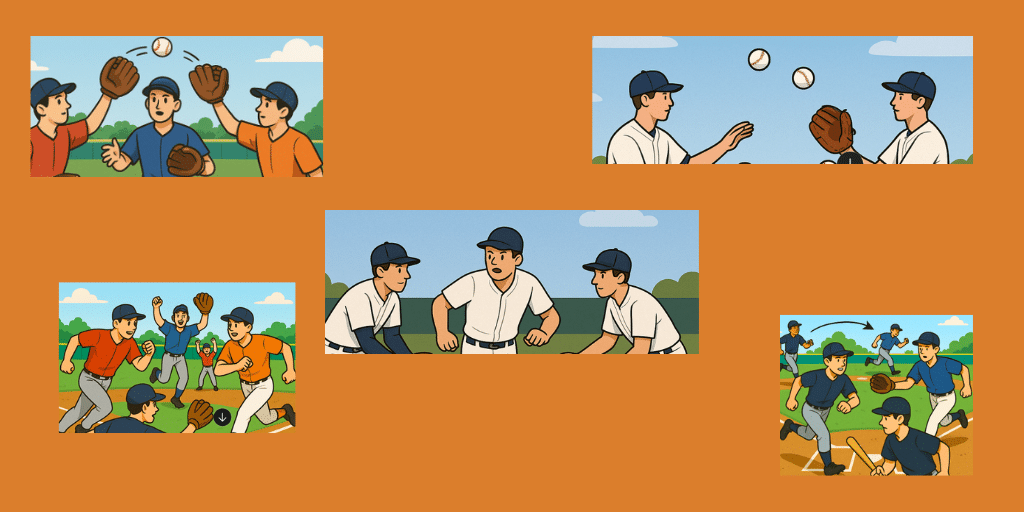
1. The Glove Flip Game
What It Is
Players stand in a circle and flip the ball from glove to glove as quickly as possible. It looks chaotic—like kids just messing around—but it’s a deceptively effective coordination drill.
Why It Matters
The glove flip forces athletes to sharpen their reaction speed, stay engaged, and build trust with teammates. It keeps practices light, while reinforcing soft hands and smooth glove work.
Pro Tip
Add a timed challenge. See how many successful flips your team can complete in 60 seconds. This raises focus and gives players a target to beat each practice.
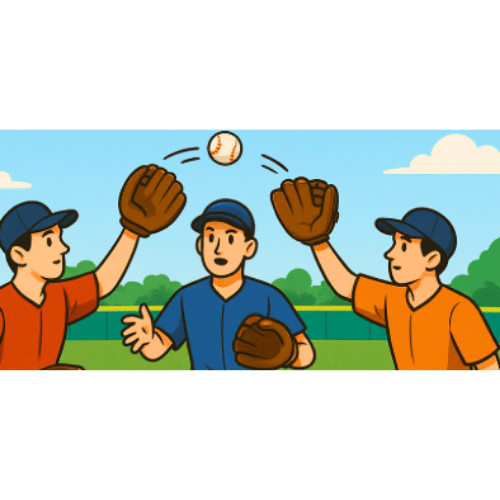
2. Relay Races Around the Bases
What It Is
Teams race around the bases in relay fashion. On the surface, it looks like playground tag with uniforms.
Why It Matters
Relay races encourage hustle and proper running mechanics without the monotony of repeated base-running drills. The competitive energy builds speed and endurance while teaching efficient turns at the bases.
Pro Tip
Mix it up with sliding at home plate to finish. Not only does it make the drill more exciting, but it also helps players practice safe slides in game-like conditions.
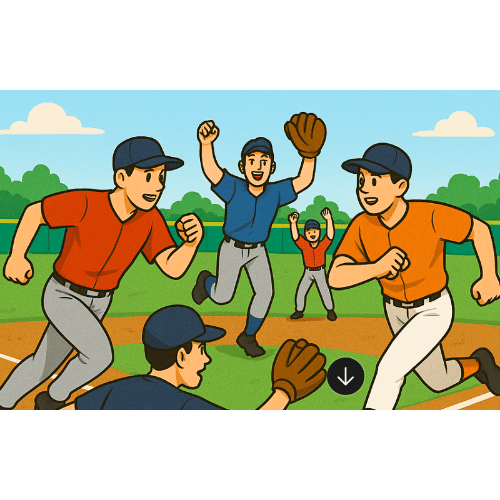
3. Two Ball Toss
What It Is
Two players toss balls simultaneously, each trying to catch one in a separate hand. The drill looks clumsy, and yes, plenty of drops happen at first.
Why It Matters
This drill boosts hand-eye coordination, quick decision-making, and bilateral control. Catchers, in particular, benefit from training their eyes and hands to track multiple objects at once.
Pro Tip
Progress from soft tosses to firmer throws as players improve. The gradual increase in difficulty keeps the challenge fresh and builds confidence.

4. Hotbox (Pickle Drill)
What It Is
A player gets caught between two bases while fielders try to tag them out. To bystanders, it looks like a playground chase game.
Why It Matters
Hotbox teaches in-game skills like rundowns, quick throws, defensive communication, and baserunner instincts. Players practice staying calm under pressure, whether they’re the runner or the fielder.
Pro Tip
Use different age-appropriate rules. For younger players, allow extra throws before an out is called. For advanced players, limit the number of throws to increase defensive urgency.
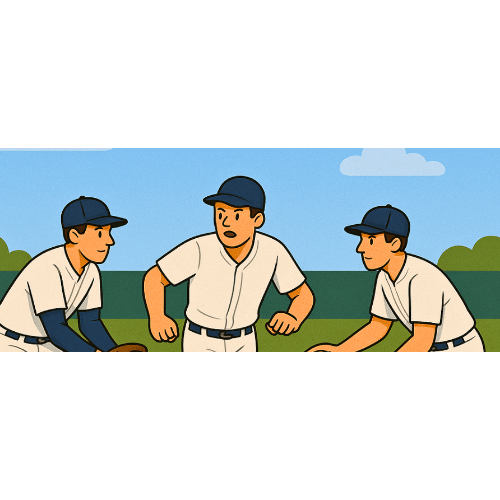
5. Backwards Baseball
What It Is
Players run bases in reverse order or field and throw with their non-dominant hand. The sight of athletes stumbling through left-handed throws is enough to make anyone laugh.
Why It Matters
This drill develops adaptability and ambidexterity. Forcing athletes out of their comfort zone strengthens weak-side mechanics and builds mental flexibility, which translates into better performance when unusual plays happen in real games.
Pro Tip
Make it a scrimmage. Playing an entire mini-game of backwards baseball keeps spirits high while challenging players in every aspect of their game.
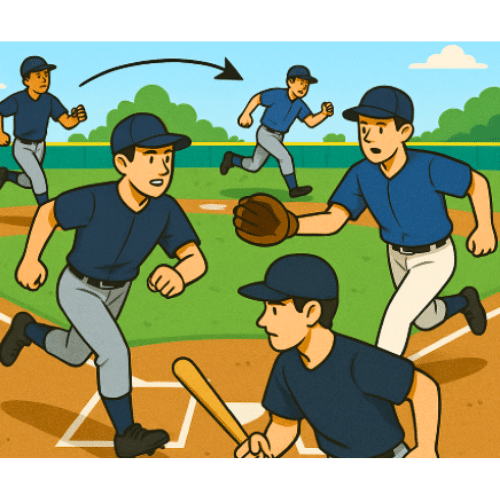
FAQs
1. Are silly drills only for younger players?
No. While younger players benefit from the fun factor, older athletes also use these drills to sharpen focus, coordination, and adaptability.
2. How often should coaches include these drills in practice?
Mixing them in once or twice a week helps break up routine and keeps energy levels high.
3. Do these drills replace traditional skill work?
Not at all. They’re supplements—fun add-ons that enhance fundamentals already taught in regular drills.
4. Can these drills be done at home?
Yes. The two-ball toss, glove flips, and even backwards throwing can be done in backyards with minimal equipment.
5. What’s the biggest benefit of silly drills?
Engagement. When players are laughing and competing, they’re more likely to retain skills and stay motivated.
6. Do professional players use drills like these?
Yes. Even pros occasionally use playful variations during warm-ups or spring training to keep practices lively and improve focus.
Conclusion
The drills that look silly often deliver the most lasting benefits.
Whether it’s flipping gloves, racing bases, juggling two balls, getting caught in a hotbox, or running the bases backward, each of these activities reinforces essential skills while keeping the game fun.
For parents and coaches, sprinkling in these quirky drills prevents burnout, builds confidence, and shows athletes that development doesn’t always have to feel like hard work.
At the end of the day, baseball is still a game. And sometimes the best way to get better is to laugh a little while you learn.
Try one “weird” drill today and see what sticks!

